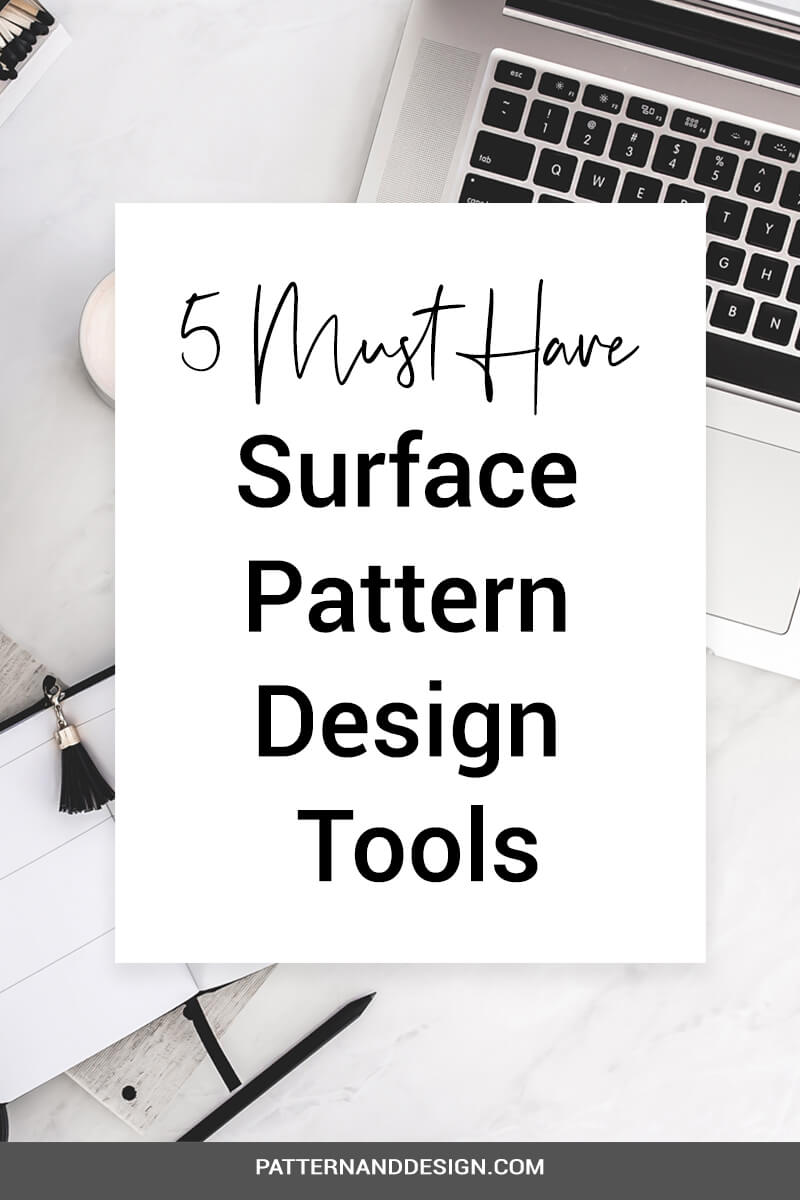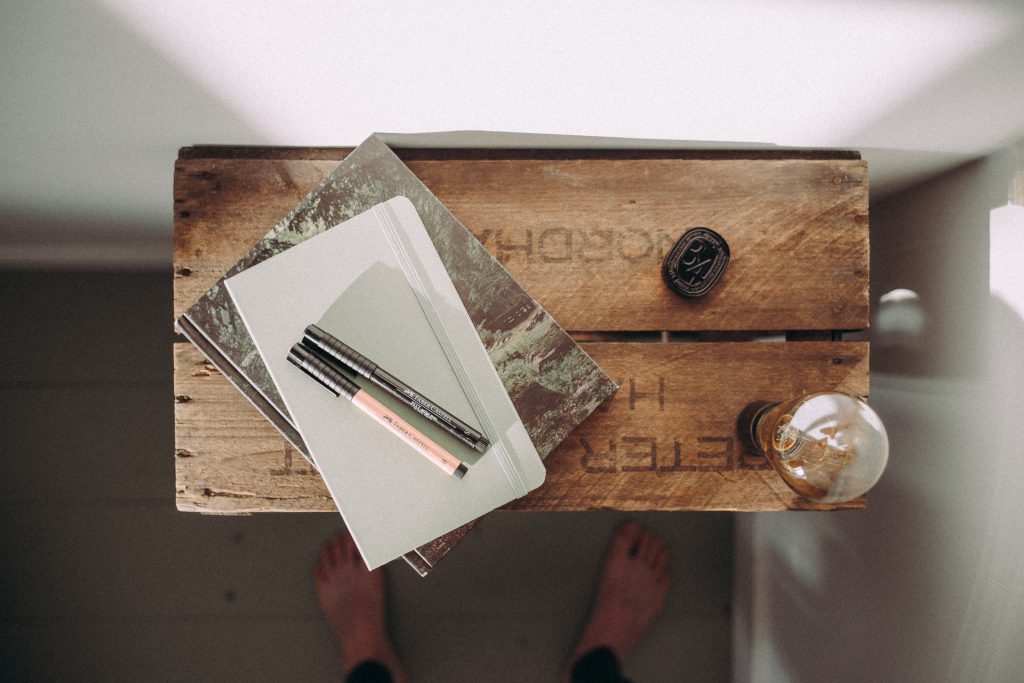learn about all things surface pattern design including the creative design process, being a successful creative entrepreneur & stepping into the mindset of a successful designer
welcome to the pattern design blog
blog
The
Categories
Popular
5 must have Surface Pattern Design tools
I often get asked what are the most important tools for a surface pattern designer. Every designer works differently but there are some essential tools that most designers use frequently.
Here’s my list of top 5 Surface Pattern Design tools that I can’t live without.
1. Sketchbook/ Visual diary
A sketchbook is a must have for any designer. It’s a space for you to develop your ideas, collect inspiration and write any observations down. The best thing about your visual diary is that there is no right or wrong. Any mark, sketch or idea has the potential to be turned into a fabulous pattern design. You can use it as a tool that has no set outcome but a place for you to explore and record your ideas.
It’s a good idea to have more than one visual diary so you can scatter them in different locations. That way you’re never without one when inspiration strikes. I always have a small A5 bound visual diary in my bag that comes with me everywhere. Even though I prefer a large visual diary to sketch in, having a small one in my bag allows me to record ideas when I’m out and about and unexpectedly find inspiration. I like to to have larger A4 or A3 visual diaries for sketching at home or when I’m intentionally going to sketch outside of the house. Whatever your preference, a visual diary should become your creative companion.
2. Sketching materials
The different sorts of media you can use to sketch with is endless and is personal to your way of working or the design brief. For quick sketching, I like to use Artline pens which come in a variety of thicknesses. Artline pens can work well if you intend to scan your artwork later and use in Photoshop or Illustrator. Grey lead pencils are also great for quick sketches. Experiment with the range of grey lead pencils from 2H to 8B to discover the different effects they create. I find both Artline pens and grey lead pencils are easy to carry around, so along with my small A5 sketchbook I usually have at least one Artline pen or grey lead pencil in my bag.
Other sketching materials you can experiment with include charcoal, Conte, paint or ink.
3. Camera
A camera is a great way of quickly capturing inspiration when you’re out and about. Any sort of camera from a good quality digital SLR to your phone camera can be used to quickly capture inspiration. I use my phone camera when I unexpectedly find something interesting but for those time that I’m going out to intentionally make observations, I like to take my digital SLR. I use a Canon 80D.
4. Computer
For me, my computer is key in creating my surface pattern designs. Photoshop and Illustrator are essential tools that allow me to develop my sketches or design ideas further into finished designs. I find the process of putting my designs into repeat much quicker and easier using Illustrator or Photoshop than repeating designs by hand. Using the computer also gives you more options to quickly change colours and design layouts. You can choose to create your designs from scratch directly in Photoshop or Illustrator or you can scan in your hand drawn sketches or mark making and then use the computer to further develop your ideas. Some designers have a preference for working in either Photoshop or Illustrator but for me, I like to use them both depending on the style of design I’m creating.
To make the design process using Photoshop and Illustrator easier for you I have created my 25 Top Photoshop and 25 Top Illustrator shortcut keys.
5. Scanner
A good quality scanner allows you to use your hand drawn sketches, found objects or photography within your designs. I use the Canon Lide220 which I have found has worked well for me. It’s important when scanning to make sure your scanner is clean and I like to scan my images at a minimum of 300dpi depending on the artwork and how I’m using it. A scanner is an essential surface pattern design tool for me as I like to incorporate hand drawn sketches and mark making into my designs.
There are many more helpful tools for a surface pattern designer but these are my ‘can’t live withouts’.
What are your essential surface pattern design tools?

Want to create another revenue stream by turning your art into surface pattern designs?
Get the free guide
Get my FREE Surface Pattern Design Starter Guide

